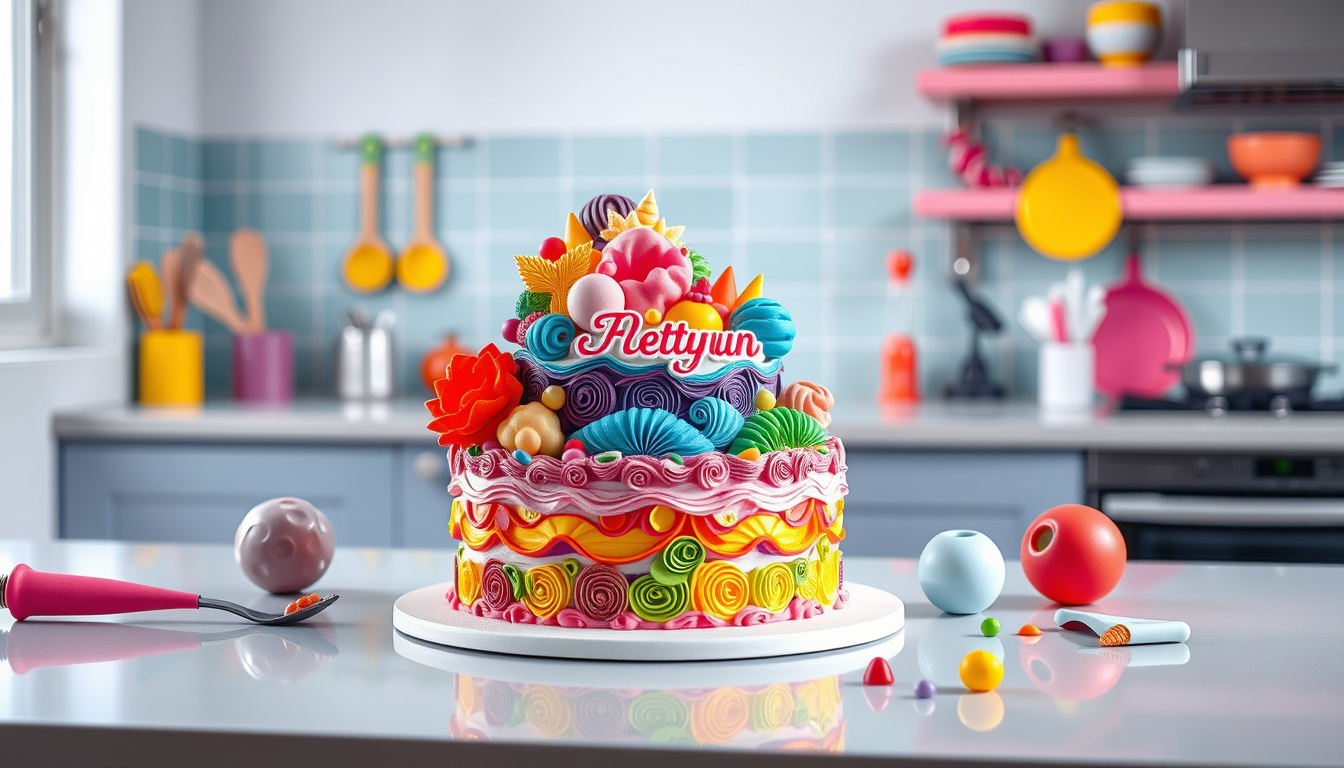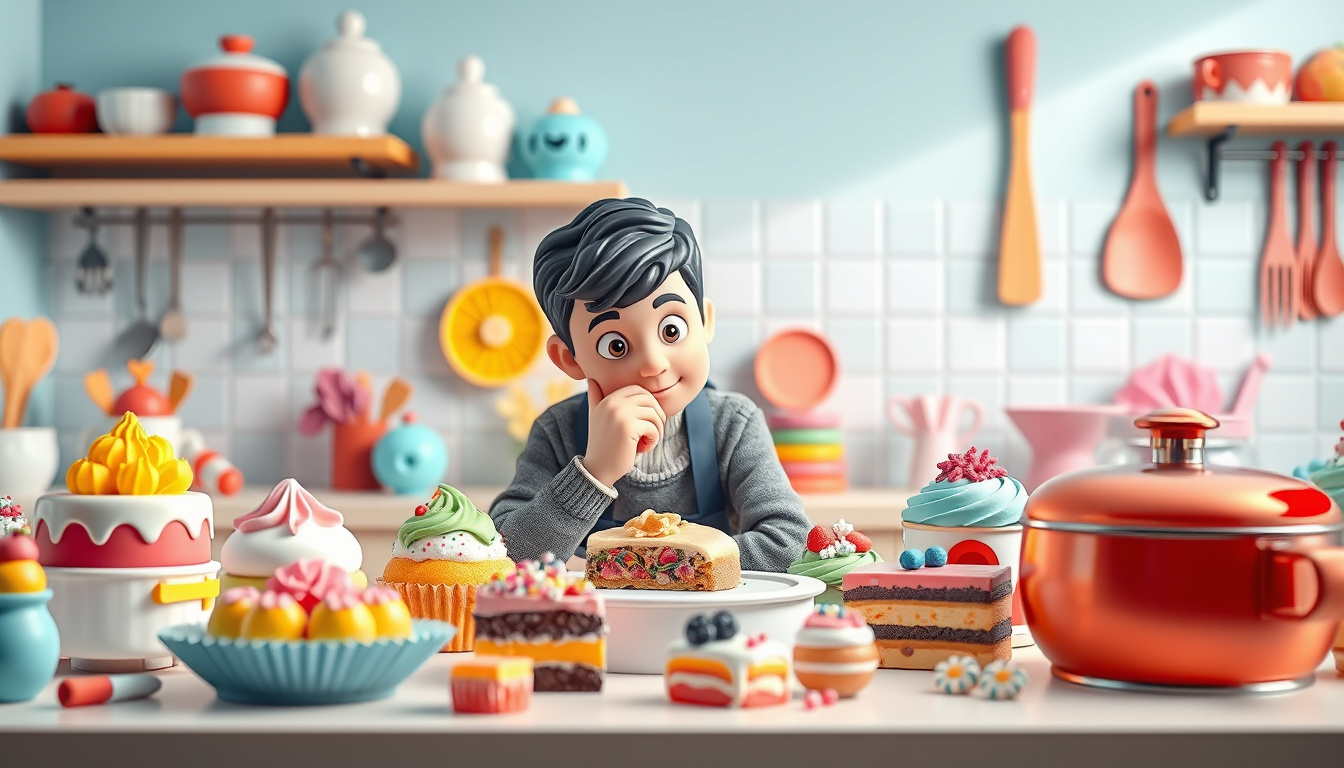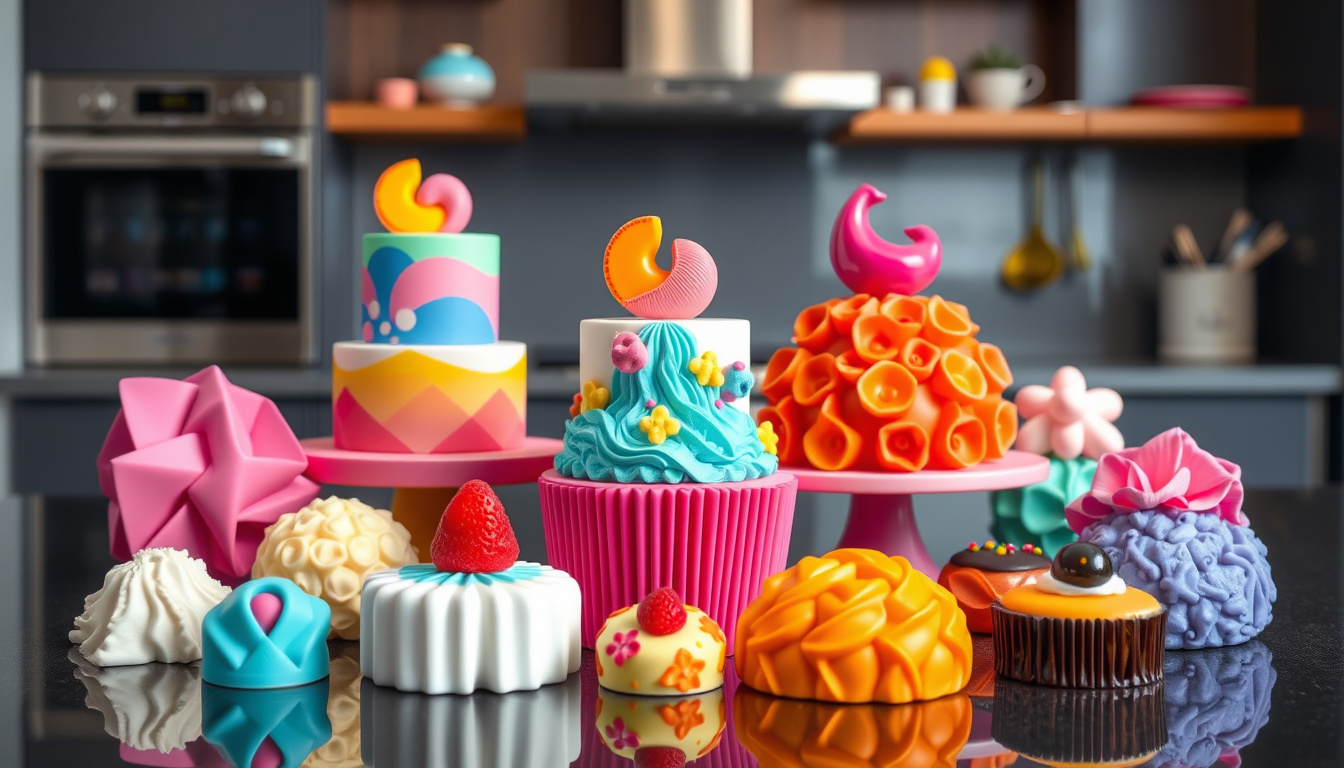The world of culinary arts is rapidly evolving, with technology paving the way for innovative and imaginative creations. One of the most exciting advancements is the introduction of 3D printing into the realm of desserts. In this article, we will explore how to embark on your sweet-making journey with 3D-printed desserts you can make at home. From the essential equipment and ingredients needed, to a step-by-step guide for your first creation, and even some creative design ideas, you’ll be all set to impress friends and family with your cutting-edge confectionery.

Key Takeaways
- 3D printing technology is revolutionizing the culinary arts by allowing for intricate dessert designs.
- Essential equipment like a food-safe 3D printer and specific ingredients are crucial for successful dessert creation.
- A detailed step-by-step guide helps beginners create their first 3D-printed dessert with ease.
- Creative ideas can inspire unique designs, transforming traditional desserts into visual masterpieces.
- Troubleshooting tips can enhance the quality of 3D-printed treats and improve overall results.
Introduction to 3D Printing in Culinary Arts
The culinary world has been revolutionized by the advent of modern technology, with 3D printing taking center stage in this transformation. Among its most exciting applications is the creation of 3D-printed desserts you can make at home. This innovative process allows both amateur cooks and seasoned chefs to push the boundaries of traditional dessert-making, enabling them to craft intricate shapes, personalized designs, and unique flavor combinations. Whether you’re looking to impress guests at your next dinner party or simply want to experiment in the kitchen, 3D-printed desserts offer an imaginative and hands-on approach to culinary arts. In this article, we’ll explore the basics of 3D printing in the kitchen, along with several delightful dessert ideas that you can easily recreate in your own home.
Essential Equipment and Ingredients for 3D-Printed Desserts
If you’re looking to dive into the exciting world of 3D-printed desserts you can make at home, understanding the essential equipment and ingredients is crucial. First and foremost, investing in a high-quality food 3D printer is key; machines like the Choc Creator or the Foodini specialize in edible materials and are user-friendly for beginners. Next, consider the materials you’ll be using—chocolate, fruit purees, and dough are popular choices that can be transformed into stunning designs. Additionally, you’ll need culinary-grade cartridges for ingredients, as well as software that allows you to customize and control your 3D printing process. Don’t forget the importance of a clean workspace and the right tools, such as spatulas and molds, to help shape and finalize your delicious creations. With this essential toolkit, you can successfully embark on the journey of crafting impressive 3D-printed desserts right in your own kitchen.
‘The only limit to our realization of tomorrow will be our doubts of today.’ – Franklin D. Roosevelt

Step-by-Step Guide to Creating Your First 3D-Printed Dessert
Creating 3D-printed desserts at home can sound daunting, but with the right tools and a little creativity, you can craft intricate and eye-catching treats that will impress your family and friends. Here’s a step-by-step guide to help you embark on your journey into the world of 3D-printed desserts you can make at home. Step 1: Gather the Necessary Equipment – To get started, you will need a 3D food printer specifically designed for confectionery, edible filament (such as chocolate or sugar), and a computer or device to design your shapes. Step 2: Choose Your Design – Use software like Tinkercad or AutoCAD to design your dessert. Simple shapes, such as hearts or stars, are great for beginners. Alternatively, you can find premade designs online to use as a starting point. Step 3: Prepare the Printer – Load your chosen edible filaments into the printer and follow the manufacturer’s instructions for setup. Make sure to preheat the printer, especially if you’re using chocolate, to ensure smooth printing. Step 4: Print Your Dessert – Once the printer is ready and your design is loaded, start the printing process. Depending on the complexity of your design, printing might take anywhere from a few minutes to an hour. Step 5: Decorate and Assemble – After printing, let your dessert cool and then you can embellish it with edible glitter, icing, or additional decorations as desired. Step 6: Enjoy Your Creation – Share your 3D-printed dessert with your loved ones and bask in the joy of your creative achievement. With practice, you’ll be able to explore more complex designs, experimenting with flavors and textures. Start with these easy-to-make 3D-printed desserts you can make at home, and soon enough, you’ll master the art of edible printing!
Creative Ideas for 3D-Printed Dessert Designs
If you’re looking to impress at your next dinner party or simply want to experiment with your culinary creativity, consider exploring 3D-printed desserts you can make at home. The world of 3D printing has opened up a plethora of possibilities, transforming traditional dessert-making into a fascinating art form. Start with basic shapes, like fun cookie cutters for unique designs, then progress to intricate chocolate molds that allow you to create stunning edible sculptures. You can also dive into customizable cake toppers, where you can print personalized names or characters that perfectly align with your theme. For the adventurous, think about 3D-printed sugar decorations that add flair to your plated desserts. With numerous online templates available for free or low cost, these creative ideas not only make your desserts stand out visually but also elevate their taste through unique flavor combinations that can only be achieved with 3D printing technology. Embrace this innovative approach and watch as your kitchen transforms into a high-tech dessert studio!

Tips for Troubleshooting and Perfecting Your 3D-Printed Treats
When it comes to creating delicious 3D-printed desserts you can make at home, troubleshooting common issues can be just as important as having a good recipe. Start with your printer settings; make sure you’re using the right temperature for the type of material you’re printing with, whether it’s chocolate, sugar, or another edible medium. If your prints are coming out misshaped, double-check the calibration of your 3D printer to ensure precision. It’s also essential to maintain the proper viscosity of your edible material; overly thick mixtures can lead to clogging while too thin can result in loss of detail. Once you’ve perfected your setup, experiment with different flavors and designs to truly impress your friends and family with unique, mouth-watering creations. Remember, every 3D-printed dessert you make is a chance to refine your skills, so don’t hesitate to iterate and improve on your designs!
Frequently Asked Questions
What type of 3D printer should I use for making desserts?
For 3D-printed desserts, it’s best to use a food-safe 3D printer that has a food extruder, specifically designed for edible materials like chocolate and dough. Brands such as Choc Creator or Foodini are popular options.
What ingredients do I need to make 3D-printed desserts?
You’ll need edible materials that can be extruded, such as chocolate, pastry dough, or sugar paste. Depending on your design, you may also want to incorporate food coloring or flavor extracts.
How do I ensure my 3D-printed dessert turns out well?
Follow the step-by-step guide closely, ensure your ingredients are at the right temperature and consistency, and calibrate your printer before use. Use high-quality ingredients for the best results.
Can I personalize my 3D-printed dessert designs?
Absolutely! You can create custom designs using 3D modeling software or download free templates online. Feel free to experiment with different shapes and sizes.
What if my 3D printer malfunctions while I’m making a dessert?
Check your printer’s manual for troubleshooting tips. Common issues may include clogs in the extruder or incorrect temperature settings. Always keep your printer clean and well-maintained.

Leave a Reply